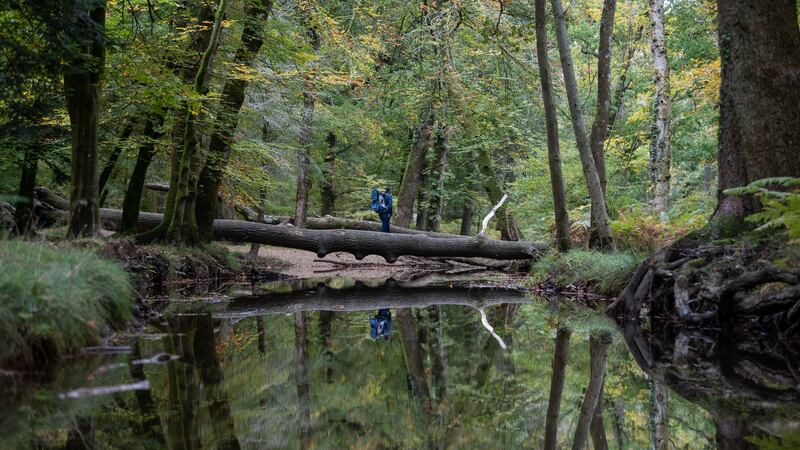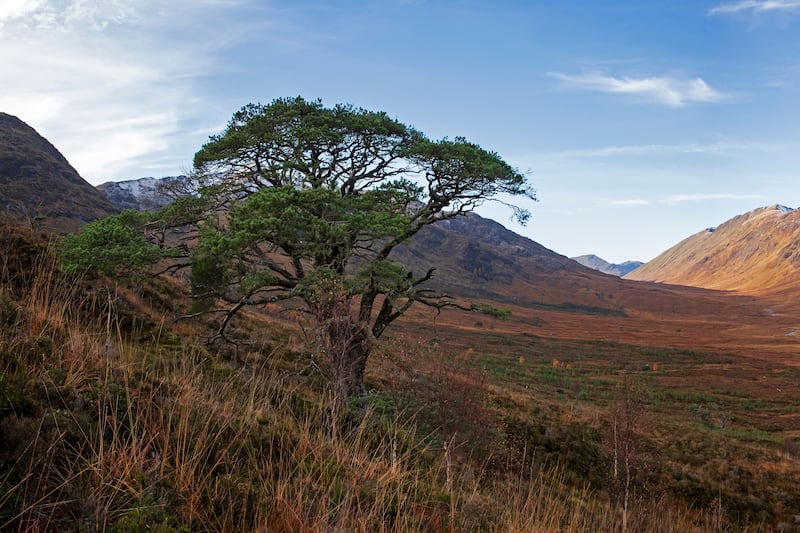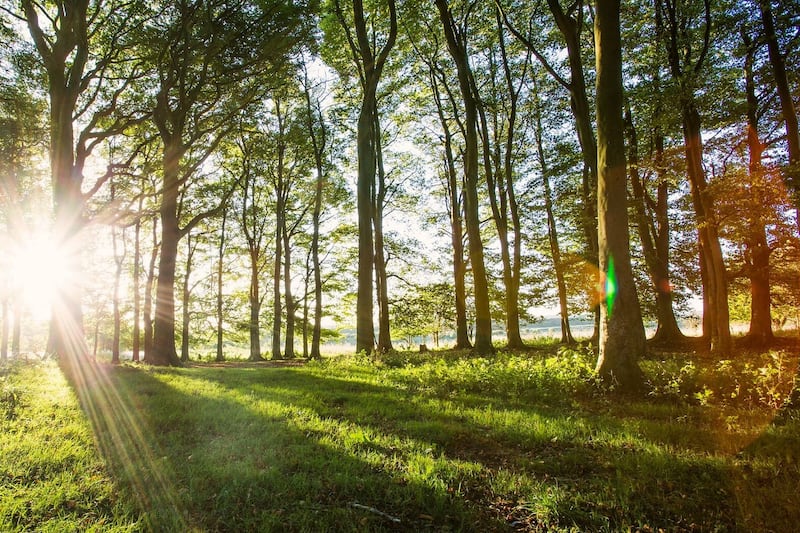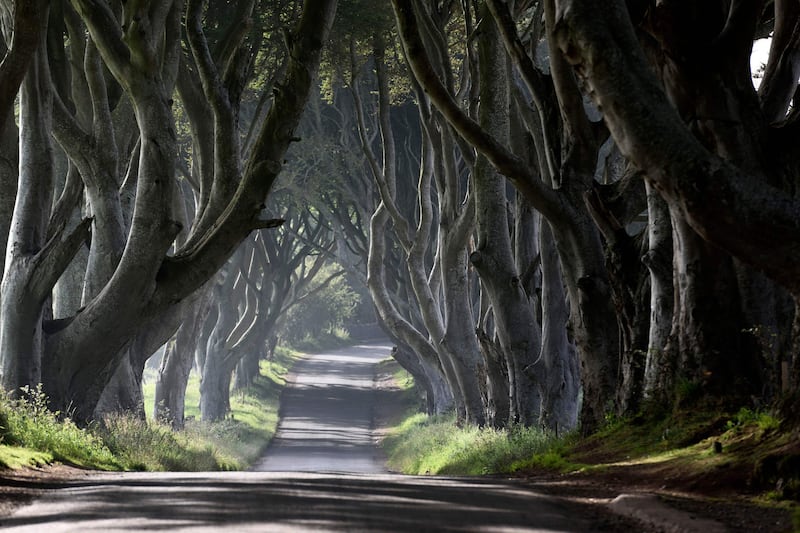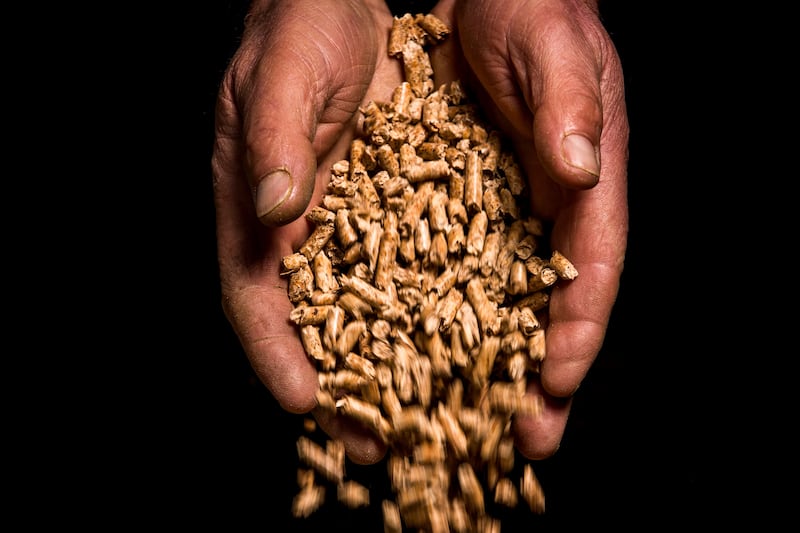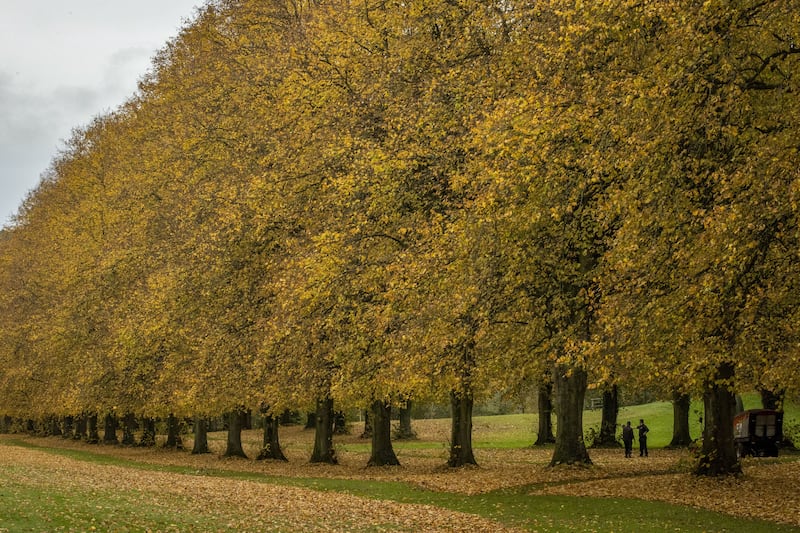The Government is planting less than half of its annual target of trees, raising concerns about how it will meet its nature recovery and timber construction goals, MPs have said.
The Environmental Audit Committee said it welcomes the Government’s targets but that it is “very unlikely” it will meet them, with only two autumn-spring planting seasons left before a March 2025 deadline.
Woodland restoration is seen as critical for improving natural habitats as well as using more home-grown timber for construction, but at present the rate of planting is less than half of the what is required to achieve 30,000 hectares by March 2025, the committee said.
Forestry England, the Government agency responsible for managing the public forest estate in England, has only planted 303 hectares out of the intended 2,000 between 2021 and 2026.
It means the UK will be more reliant on importing foreign timber with the committee concerned that this will have a negative impact on ecological systems abroad.
The committee said there was no single strategy that articulates the Government’s vision for the timber sector, which is a more environmentally-friendly way of building houses, nor is there a clear plan to integrate that with a delivery on nature restoration and climate change mitigation.
Chair of the committee, Philip Dunne, said: “As we look to meet our net zero and nature goals, pressures on woodland will grow.
“The construction industry is increasingly looking to move away from steel and concrete to lower carbon alternatives, and timber is well placed to step in.
“Increasing productive forestry is welcome, though the Government must ensure that this isn’t at the expense of biodiversity.
“The Government’s target to plant 30,000 hectares of woodland in the UK by March 2025 is welcome, and by and large ministers appreciate the conflicting challenges and demands on woodland.
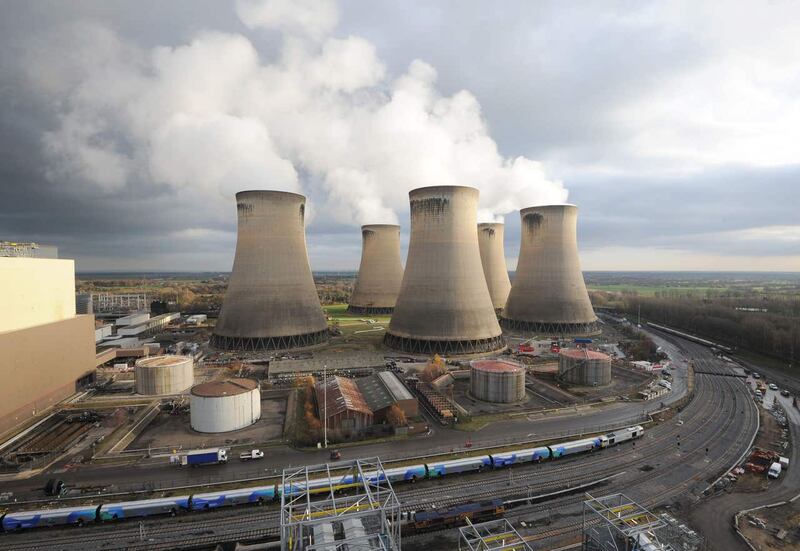
“But the Committee is concerned that England is currently way off meeting its contribution to that UK-wide goal, and that the rate of planting must increase: not only to achieve greater biodiversity, but to ensure that the supply of timber from productive forestry is maintained.”
A spokesperson for the Department for Environment, Food and Rural Affairs (Defra) said it was committed to having 16.5% of England’s total land area covered by woodland by 2050 but recognised there is “much more to do” to speed up planting.
The committee said the Government should create a holistic strategy for domestic timber growth that would incorporate the various goals together.
This would also help to give private sector planters and landowners as well as end-users of timber a clearer idea about what is happening given the competing demands for wood.
The committee also said that biomass should be genuinely sustainably sourced and that the right trees are planted in the right place, with native broadleaves for wildlife habitats and conifers for softwood timber.
Forestry England currently lacks the resources to ensure that trees are planted according to the UK Forestry Standard, the committee added, which should be rectified “urgently”.
Mr Dunne said: “At the moment there are simply too many overlapping strategies that aim to cover tree planting policies in the UK and in England, and there is little evidence of an overall vision for the timber sector.
“The numerous strategies are disjointed: what is required is an overarching, holistic strategy that sets a long-term vision for how different types of woodland will be used to deliver Government’s goals.
“The public sector is only responsible for a quarter of UK woodland. The private sector is therefore responsible for the lion’s share of planting, but with unclear strategies, overly bureaucratic schemes and a lack of clear leadership on planting on the public estate, there is little in way of incentive.
“I hope the Government considers our report carefully, particularly as it looks to publish its Land Use Framework later this year.
“This would be a timely opportunity for ministers to set out its vision for the future of UK tree planting.”
A Defra spokesperson said: “Since the start of this Parliament, we have planted or supported the planting of over 10.8 million trees.
“Increasing tree cover is at the heart our pledge to meet net zero ambitions, which is why we are investing £650 million during this Parliament in transforming England’s treescapes.
“We are also continuing to work on delivering our legal target to have 16.5% of England’s total land area covered by trees by 2050.
“Tree planting rates are now at record levels, but we know there is much more to do and will continue to work with partners in both the private and public sector at pace to increase the nation’s tree cover and boost the forestry sector – supporting domestic timber production, creating new jobs and improving biodiversity across the country.”
